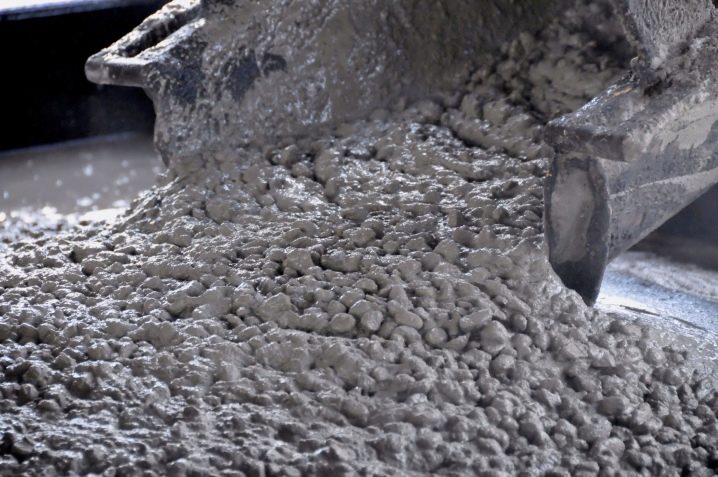UOP 987 Trace Elements in Oil Well Cement Testing
The UOP 987 method is a critical procedure used to determine trace elements in oil well cement. This test ensures that the cement meets stringent quality standards, which are essential for the integrity of the well and the safety of operations. The primary goal is to detect even minute quantities of specific chemical elements present in the cement mix. These elements play a crucial role in the mechanical properties of the cement, its interaction with reservoir fluids, and overall performance during drilling.
Understanding trace element content is vital because it can influence the setting time, strength development, and durability of oil well cements. For instance, magnesium, sodium, potassium, calcium, and aluminum are some of the elements that must be accurately measured to ensure they fall within acceptable limits as defined in UOP 987.
Preparation for this test involves careful sampling of the cement sample. The sample should represent the entire batch of cement being tested. Once collected, it is dried and ground into a fine powder using appropriate milling techniques. Proper specimen preparation ensures accurate results by eliminating errors due to particle size distribution or moisture content variations.
The analytical process typically employs inductively coupled plasma optical emission spectrometry (ICP-OES) or inductively coupled plasma mass spectrometry (ICP-MS), depending on the laboratory’s equipment and expertise. These methods offer high sensitivity and precision necessary for detecting trace elements at parts per million levels.
After analysis, results are reported according to UOP 987 guidelines, providing detailed information about each detected element along with their respective concentrations. Compliance with these standards is crucial for ensuring that the cement used in oil wells meets international quality assurance requirements specified by organizations like ISO and ASTM.
In summary, the UOP 987 trace elements test serves as a cornerstone for maintaining high-quality oil well cements. By accurately measuring minute quantities of key chemicals, this method helps prevent potential issues such as poor bonding between casing and formation rock, reduced resistance to hydrothermal alteration, or even failure under extreme pressure conditions.
Why Choose This Test
The UOP 987 trace elements test is highly valued in the oil & gas industry due to several compelling reasons:
- Precision and Accuracy: The method provides precise measurements of minute amounts of various elements, ensuring reliable results.
- International Compliance: Results conform to international standards like ISO, ASTM, and EN, enhancing credibility in global markets.
- Quality Assurance: Regular testing helps maintain consistent product quality across different batches and suppliers.
- Risk Mitigation: By identifying potential problems early through accurate analysis, costly failures can be avoided during drilling operations.
For quality managers and compliance officers responsible for overseeing supply chains or R&D engineers working on improving cement formulations, choosing UOP 987 ensures they have access to the most trusted data available. This allows them to make informed decisions regarding material selection and process optimization.
Quality and Reliability Assurance
The importance of quality assurance in oil well cement testing cannot be overstated. Poorly formulated or contaminated cements can lead to serious consequences, including leaks, casing failures, and even blowouts. To mitigate these risks, laboratories must adhere strictly to UOP 987 procedures.
| Parameter | Description |
|---|---|
| Magnesium Content | Ensures proper hydration and setting characteristics of the cement. |
| Sodium Content | Affects the chemical stability of the cement, preventing rapid deterioration. |
| Potassium Content | Influences the hydraulic properties of the cement, impacting its ability to withstand pressure. |
| Calcium Content | Is essential for achieving adequate strength and durability over time. |
| Aluminum Content | Helps regulate the setting time of the cement, ensuring controlled hardening processes. |
Each parameter contributes uniquely to the overall performance of oil well cements. By adhering strictly to UOP 987 protocols, laboratories can ensure that their findings are accurate and reliable, thereby contributing significantly to safer drilling practices and extended well life.
Use Cases and Application Examples
The application of UOP 987 trace elements testing extends beyond just laboratory settings; it plays a pivotal role in various stages of oil & gas operations:
- Supplier Evaluation: When selecting suppliers, testing cement samples according to UOP 987 helps evaluate the quality and consistency of incoming materials.
- Routine Quality Control: Regular testing during production ensures that every batch of cement meets specified standards before being shipped out.
- Research and Development: In R&D environments, this test aids in developing new formulations by understanding how changes in elemental composition affect performance metrics.
- Field Applications: On-site testing can be conducted to verify the integrity of installed cements after drilling operations have been completed.
A table summarizing key parameters and their implications is provided above, highlighting why accurate measurement of these elements is crucial. Additionally, this test serves as a benchmark for comparing different types of oil well cements based on their trace element profiles.





